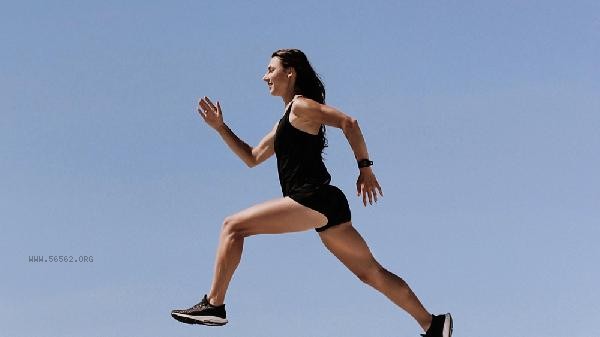Left abdominal pain during running is usually associated with temporary visceral ischemia or muscle spasms related to exercise, and in rare cases may be caused by gastrointestinal diseases. Common causes include improper breathing habits, immediate exercise after meals, gas accumulation in the sigmoid colon, and occasionally chronic colitis or splenic flexure syndrome.

During running, the diaphragm and abdominal muscles need to cooperate to participate in respiratory movements. If the breathing rhythm is disrupted, it may cause diaphragm spasms, manifested as needle like pain in the upper left abdomen. At this time, the speed should be slowed down to adjust the breathing to be deep, long, and even. Exercising within 1 hour after a meal can cause blood to concentrate on the muscles, leading to insufficient blood supply to the gastrointestinal tract and causing colic. It is recommended to run 2 hours after a meal. The left descending colon and sigmoid colon are prone to gas accumulation due to changes in position during running. You can try massaging the abdomen clockwise before running to promote exhaust.

People with chronic colitis who experience intestinal vibrations during running may experience dull pain in the inflamed area, accompanied by changes in bowel habits, and require medical examination and screening. Patients with splenic flexure syndrome may experience swelling and pain in the fixed position of the left upper abdomen during vigorous exercise due to abnormal anatomical position of the colon, which needs to be diagnosed through abdominal CT. Long term left abdominal pain is recommended to undergo gastroscopy and abdominal ultrasound examination.

Daily attention should be paid to warming up the abdominal muscles before running, using abdominal breathing to reduce the burden on the diaphragm, and avoiding high fiber foods from producing gas. Sudden pain during exercise should be immediately stopped, the painful area should be pressed and slowly walked to relieve it. If the pain persists or accompanied by fever and vomiting, medical attention should be sought in a timely manner. Regular exercise can enhance the stability of visceral ligaments, but it is necessary to gradually increase running volume. Taking a 20 minute walk after meals and then gradually increasing speed can help prevent abdominal pain.






Comments (0)
Leave a Comment
No comments yet
Be the first to share your thoughts!